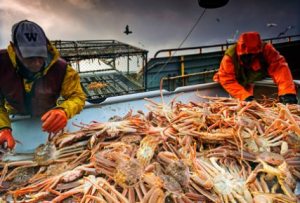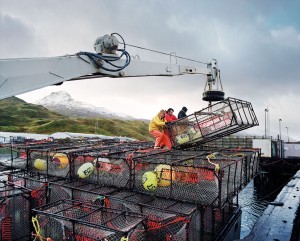Does a vessel owner have an obligation to promptly furnish maintenance and cure to a seaman injured in the service of the vessel? The short answer is yes and the maritime law prohibits vessel owners from creating artificial roadblocks to slow the administration of these maritime benefits. “The adequate protection of an injured or ill seaman against suffering and want requires more than the assurance that he will receive payments at some time in the indefinite future. Payments must be promptly made, at a time contemporaneous to the illness or injury.” Vaughan v. Atkinson, 369 U.S. 527, 537-538 (U.S. 1962) (Stewart, J., dissenting); see also Crooks v. United States, 459 F.2d 631, 635 (9th Cir. 1972) (same); Black v. Red Star Towing & Transp. Co., 860 F.2d 30, 33 (2d Cir. 1988) (“maritime law policy . . . calls for prompt and voluntary payment of maintenance and cure”).
A shipowner’s duty to pay maintenance and cure is “virtually automatic,” Baucom v. Sisco Stevedoring, LLC, 506 F. Supp. 2d 1064, 1073 (S.D. Ala. 2007), and serves to provide seamen “essential certainty of protection against the ravages of illness and injury.” Vella v. Ford Motor Co., 421 U.S. 1, 4 (1975). Maintenance and cure are “among the most pervasive incidents of the responsibility anciently imposed upon shipowners” and should not be defeated “by restrictive and artificial distinctions . . . If leeway is to be given in either direction, all the considerations which brought the liability into being dictate it should be in the sailor’s behalf.” Aguilar v. Standard Oil Co., 318 U.S. 724, 730, 735 (1943); see also Vaughan, 369 U.S. at 532 (ambiguities and doubts must be resolved in favor of the seaman); Wood v. Diamond M Drilling Co., 691 F.2d 1165 (5th Cir. 1982) (same). Defenses to maintenance and cure are “few and narrowly applied.” Silmon v. Can Do II, 89 F.3d 240, 242 (5th Cir. 1996). “Only some wilful misbehavior or deliberate act of indiscretion suffices to deprive the seaman of his protection.” Aguilar, 318 U.S. at 731.
“The policy underlying a broad maintenance and cure doctrine is ‘the almost paternalistic duty’ admiralty law imposes on a shipowner toward the crew.” Messier v. Bouchard Transp., 688 F.3d 78 (2d Cir. 2012) (quoting Garay v. Carnival Cruise Line, Inc., 904 F.2d 1527, 1530 (11th Cir. 1990)); see also, Perry v. Morgan Guaranty Trust Co., 528 F.2d 1378, 1379 (5th Cir. 1976) (“Policy considerations have led to the adoption of a somewhat paternalistic attitude toward seamen.”); Miles v. Apex Marine Corp, 498 U.S. 19, 36, 111 S. Ct. 317, 112 L. Ed. 2d 275 (1990) (“admiralty courts have always shown a special solicitude for the welfare of seamen and their families”).
 nter for Disease Control and Prevention (CDC), on-deck injuries account for 12% of all fatalities in the commercial fishing industry and the largest number of hospitalizations in non-fatal injuries. Most of these injuries (67%) occur on deck during the deployment and retrieval of fishing gear. In order to avoid injuries, employers should conduct a job safety analysis of their fishing gear deployment and retrieval process to look for ways to prevent injuries.
nter for Disease Control and Prevention (CDC), on-deck injuries account for 12% of all fatalities in the commercial fishing industry and the largest number of hospitalizations in non-fatal injuries. Most of these injuries (67%) occur on deck during the deployment and retrieval of fishing gear. In order to avoid injuries, employers should conduct a job safety analysis of their fishing gear deployment and retrieval process to look for ways to prevent injuries. Seattle Maritime Injury Lawyer Blog
Seattle Maritime Injury Lawyer Blog











